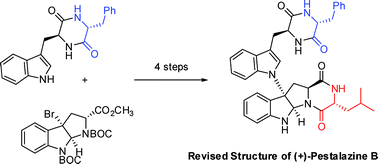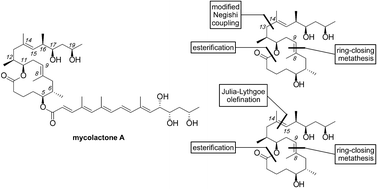Congratulations to Richard Heck (University of Delaware, USA), Ei-ichi Negishi (Purdue University, USA) and Akira Suzuki (Hokkaido University, Japan), the recipients of the 2010 Nobel Prize in Chemistry.
These three chemists have been working independently on palladium-catalysed cross coupling reactions to make C-C bonds to design new organic molecules. Their chemical methods are widely used by the chemical communities to develop new compounds and molecules with applications in pharmaceuticals, agriculture and the electronic industry.
I was listening to Professor Negishi this morning on his first interview live from Stockholm and he was absolutely delighted with the news. He was awoken by a phone call that told him he was one of the Chemistry Nobel Prize winners – what a great way of waking up in the morning!
Negishi said that he was ‘extremely happy – this means a lot’. ‘I have been dreaming about this prize for half a century, since I came to America and encountered several Nobel laureates, when I realised it was not a story – it was a reality which in principle could happen to anyone, including myself.’
Professor Negishi, 2010 was your turn! Congratulations.
Neghisi, Suzuki and Heck will go to Stockohlm next December to receive this very well deserved prestigious prize. From Organic & Biomolecular Chemistry we wanted to send our most sincere appreciation and admiration to these three pioneers of organic chemistry.
Read more from Chemistry World here.












 Synthetic studies on the mycolactone core
Synthetic studies on the mycolactone core 